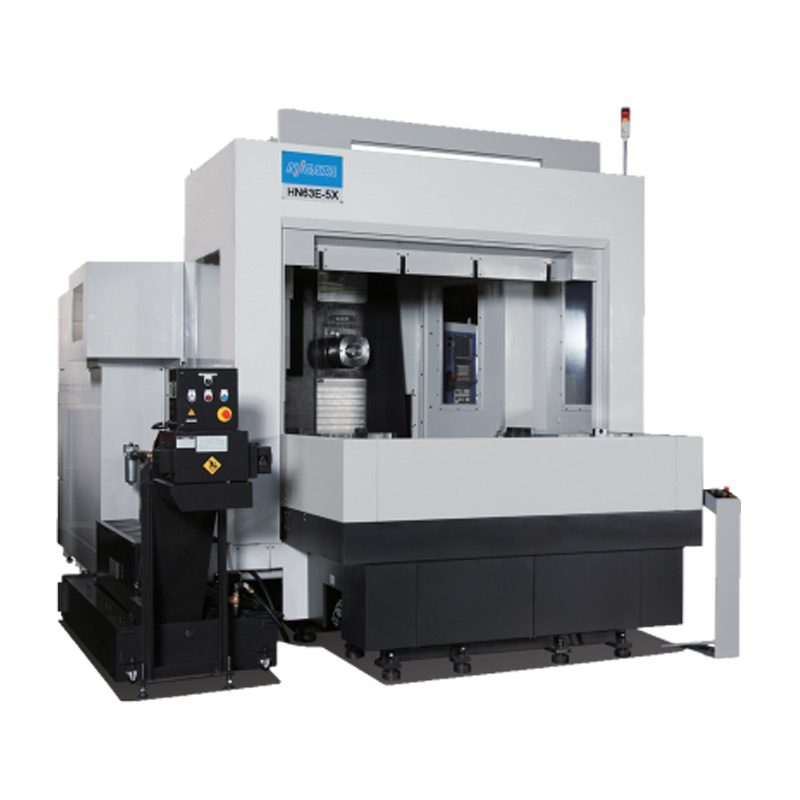
- Afrikaans
- Albanian
- Amharic
- Arabic
- Armenian
- Azerbaijani
- Basque
- Belarusian
- Bengali
- Bosnian
- Bulgarian
- Catalan
- Cebuano
- Corsican
- Croatian
- Czech
- Danish
- Dutch
- English
- Esperanto
- Estonian
- Finnish
- French
- Frisian
- Galician
- Georgian
- German
- Greek
- Gujarati
- Haitian Creole
- hausa
- hawaiian
- Hebrew
- Hindi
- Miao
- Hungarian
- Icelandic
- igbo
- Indonesian
- irish
- Italian
- Japanese
- Javanese
- Kannada
- kazakh
- Khmer
- Rwandese
- Korean
- Kurdish
- Kyrgyz
- Lao
- Latin
- Latvian
- Lithuanian
- Luxembourgish
- Macedonian
- Malgashi
- Malay
- Malayalam
- Maltese
- Maori
- Marathi
- Mongolian
- Myanmar
- Nepali
- Norwegian
- Norwegian
- Occitan
- Pashto
- Persian
- Polish
- Portuguese
- Punjabi
- Romanian
- Russian
- Samoan
- Scottish Gaelic
- Serbian
- Sesotho
- Shona
- Sindhi
- Sinhala
- Slovak
- Slovenian
- Somali
- Spanish
- Sundanese
- Swahili
- Swedish
- Tagalog
- Tajik
- Tamil
- Tatar
- Telugu
- Thai
- Turkish
- Turkmen
- Ukrainian
- Urdu
- Uighur
- Uzbek
- Vietnamese
- Welsh
- Bantu
- Yiddish
- Yoruba
How to Safely Use a Pressure Washer on Your Vehicle
Using a Pressure Washer on Your Car A Comprehensive Guide
When it comes to maintaining the appearance and longevity of your vehicle, regular cleaning is essential. One of the most efficient and effective ways to get your car sparkling clean is by using a pressure washer. This powerful tool can remove dirt, grime, and even stubborn stains, making your car look like new. However, using a pressure washer requires careful consideration to avoid damage to the vehicle's surfaces. In this article, we'll explore how to safely and effectively use a pressure washer on your car.
Advantages of Using a Pressure Washer
Pressure washers offer several advantages over traditional washing methods. First and foremost, they save time. A pressure washer can quickly blast away dirt and debris, reducing the time spent scrubbing and rinsing. Additionally, pressure washers provide a more thorough clean, especially in hard-to-reach areas like wheel wells and undercarriages. They also minimize water usage, as the high-pressure spray can effectively clean without requiring large amounts of water.
Choosing the Right Pressure Washer
Before you start washing your car, it's important to choose the right pressure washer. Look for a machine with a PSI (pounds per square inch) rating of around 1,200 to 1,500. This level of pressure is sufficient for cleaning your car without risking damage to the paint or other surfaces. Avoid using commercial-grade pressure washers with higher PSI, as they can strip paint and cause dents.
Preparation Before Washing
Prior to using the pressure washer, prepare your car by removing any loose debris, such as leaves and dirt. It's also a good idea to do a preliminary rinse with a bucket of water to loosen surface grime. Make sure you park your car in a shaded area to prevent soap and water from drying too quickly, which can lead to streaks.
Using the Pressure Washer Safely
use pressure washer on car

To begin, connect your pressure washer to a water source and turn it on. Use a nozzle with a wide spray pattern (usually 25 to 40 degrees) to distribute the pressure evenly. Hold the spray wand at least two feet away from the car’s surface to prevent damage. Start at the top of the car and work your way down, rinsing off soap and dirt as you go.
Step-by-Step Washing Process
1. Rinse Begin by rinsing the entire surface with water. This will help remove loose dirt and prevent scratches during the wash.
2. Apply Soap Use a car wash soap that is safe for pressure washers. Apply it using a foam cannon attachment or by mixing it in a bucket and applying it with a sponge or wash mitt.
3. Pressure Wash After letting the soap sit for a few minutes, use the pressure washer to rinse off the soap. Start from the top and work your way down, ensuring all soap residue is removed. Pay special attention to wheel wells, tires, and other areas prone to dirt buildup.
4. Drying After rinsing, dry your car with microfiber towels to prevent water spots and streaks. This step is crucial for maintaining a glossy finish.
Conclusion
Using a pressure washer on your car can be a game-changer in your routine maintenance, providing a fast and thorough cleaning method. However, it’s important to use it correctly to avoid damage to your vehicle. By selecting the appropriate pressure washer, taking the time to prepare, and following a safe washing process, you can keep your car looking its best for years to come. Enjoy the satisfaction of a clean vehicle while knowing that you’ve employed the best techniques to protect its surface and finish.
-
Integrating Aqua Tunnel Car Wash in Shopping CentersNewsJun.24,2025
-
Gas Station with an Auto Car Wash MachineNewsJun.24,2025
-
Efficiency in Your Aqua Tunnel Car Wash: Power & Water-SavingNewsJun.24,2025
-
Car Wash Business with Advanced Auto Car Cleaning MachinesNewsJun.24,2025
-
Balancing Setup Costs with Aqua Tunnel Car WashNewsJun.24,2025
-
Aqua Tunnel Car Wash: Eco-Design for the Energy-Savvy EntrepreneurNewsJun.24,2025



